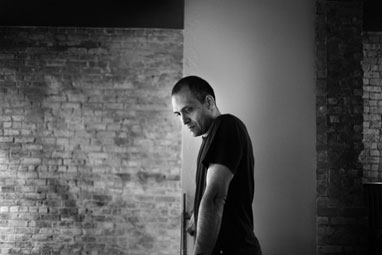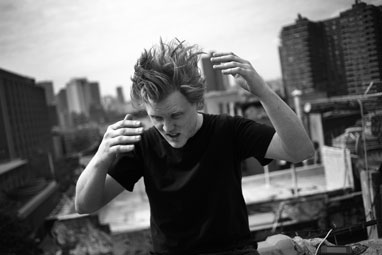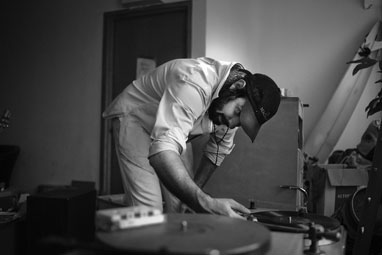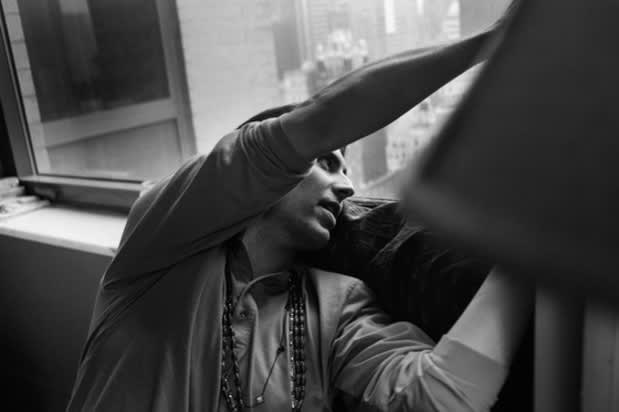In 2008, Santos Party House was the backbone of our music listening experience in New York. It seemed like every person worth checking out stopped in to take advantage of the good vibes and great soundsystem. To capture Santos' big moment in music, FADER editor Matthew Schnipper spoke with the four founders of the club about their dedication to the simple art of People Having Fun.
Santos Party House is a calm place from the outside. Two small pens of railed in smokers talking quietly and an overly polite doorman separate a crisp Manhattan office building façade from the pristinely planned club’s massive guts. The first time I went to Santos was with a Norwegian television reporter in New York on business. Saturday night we ate well and took a taxi to 100 Lafayette Street, just south of Canal, for the opening of the club’s upstairs space. Inside, after noisy pop duo Free Blood performed, Eric Duncan, half of the DJ team Rub-n-Tug, was playing records and my Norwegian friend excitedly yelled into my ear, “They're playing Boney M!” I looked up at him and his face shone pure bliss. Boney M is a semi-obscure early-’80s disco group, but they could have been playing a Neil Young song; the moment was about the saccharine ecstasy of spiritual connection through music, and it is that moment of unity between patron and club that Santos Party House exists for.

”We wanna strip everything that keeps people from connecting to that deep innermost part of themselves,” says Andrew WK, one of the club’s four owners, along with architect Ron Castellano, club maven Larry Golden and artist/DJ Spencer Sweeney. They’re gathered around a small table at Santos (except Sweeney, who is away in San Francisco) discussing the concept behind the vaporous being “Santa Santos,” the club’s mascot of sorts, who embodies the spirit of serious party they are proselytizing. “It’s about this idea of a pure fun place,” Andrew WK continues. “Anybody you run into and meet is going to be somebody interesting. Where you go to look for the good and exciting and the fun in all that you encounter. This is the physical manifestation of that mindset.” Much of that physical manifestation comes in the form of Santos’ programming—regular DJ nights from Q-Tip and disco legend Nicky Siano, hardcore punk concerts and art rock performances. “We all immediately shared the idea of the blank canvas,” says Golden, and the club instinctively reflects that. Everything was coordinated to an epic T, from the surprising politeness of the bouncers to the massive velvety curtain that cascades across the stage to reveal performers.

Working at and attending other clubs, Golden always found himself generally pleased but wishing the music could be louder. So they extensively soundproofed and had speakers custom designed and built for a crisp, absurd loudness. The walls of the smaller downstairs are painted deep black so the room appears endless. Upstairs, a giant disco ball reflects the light alternately like stars and lasers. What was the ideal club on paper they have built into a gargantuan presence.

Amongst the three of them, they often refer to “good” vibes and it is telling that they are so taken with the concept of goodness. Because “good” is a plain word, the adjective of salesmen. And, in many ways, that is what they are. “It’s a business base that succeeds only if people are really happy,” says Andrew WK. It’s difficult to imagine any clubgoer finding much unhappiness in Santos Party House, and if they did, someone would do something to fix it.
